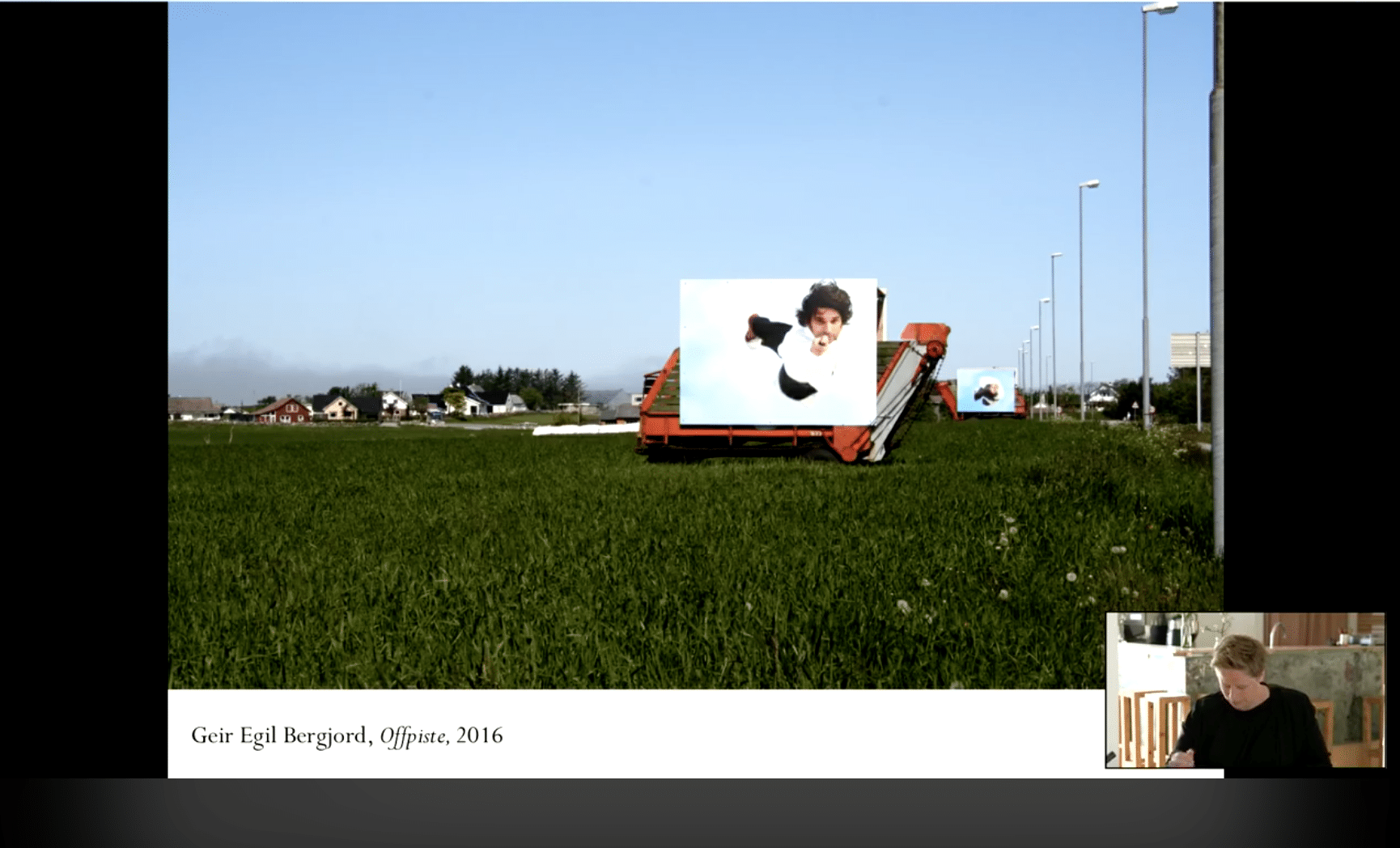Heather Jones: Generally speaking, how did your respective institutions engage online audiences before the Covid-19 crisis, and in what ways has the current situation affected the your use of the internet as an interface between art and audience?
Rogaland Kunstsenter: Before the Covid-19 pandemic Rogaland Kunstsenter mainly used the Internet to spread information regarding our programming. It has been an aspiration to engage in our online presence by making artists talks, presentations, and other events more available online, and possibly other archived material as well. Unfortunately we have not had the opportunity to do so yet.
Kunsthall Stavanger: Our online presence has been important since Kunsthall Stavanger opened. From the start we have used online platforms to reach audiences both in Stavanger and outside of the city and country’s borders. With the current situation the online sphere has become increasingly important, and presents itself as a tool to engage audiences, activate artists and utilize art as a way to come together via digital channels.
The current situation encourages not only institutions, but also all of us as audiences to rethink how we use digital platforms, and how we engage with art as online content. The increase we are seeing in digital content calls on us to rethink how we frame art online, as well as how we engage as viewers with the new content currently being created. It almost seems like we are going through a two-way learning model. As an art institution, this situation is an opportunity to rethink how we use digital platforms and most importantly to learn by doing.
Stavanger Kunstmuseum: Before the pandemic we would present our exhibition program and other programming on our website and social media. And we would share photos and sometimes short video clips from the museum, art works on display, and activities in the museum. We were also working hard to share as many works as possible from our collection online – by January about 15% of our total collection was available on the Norwegian site Digitalt Museum.
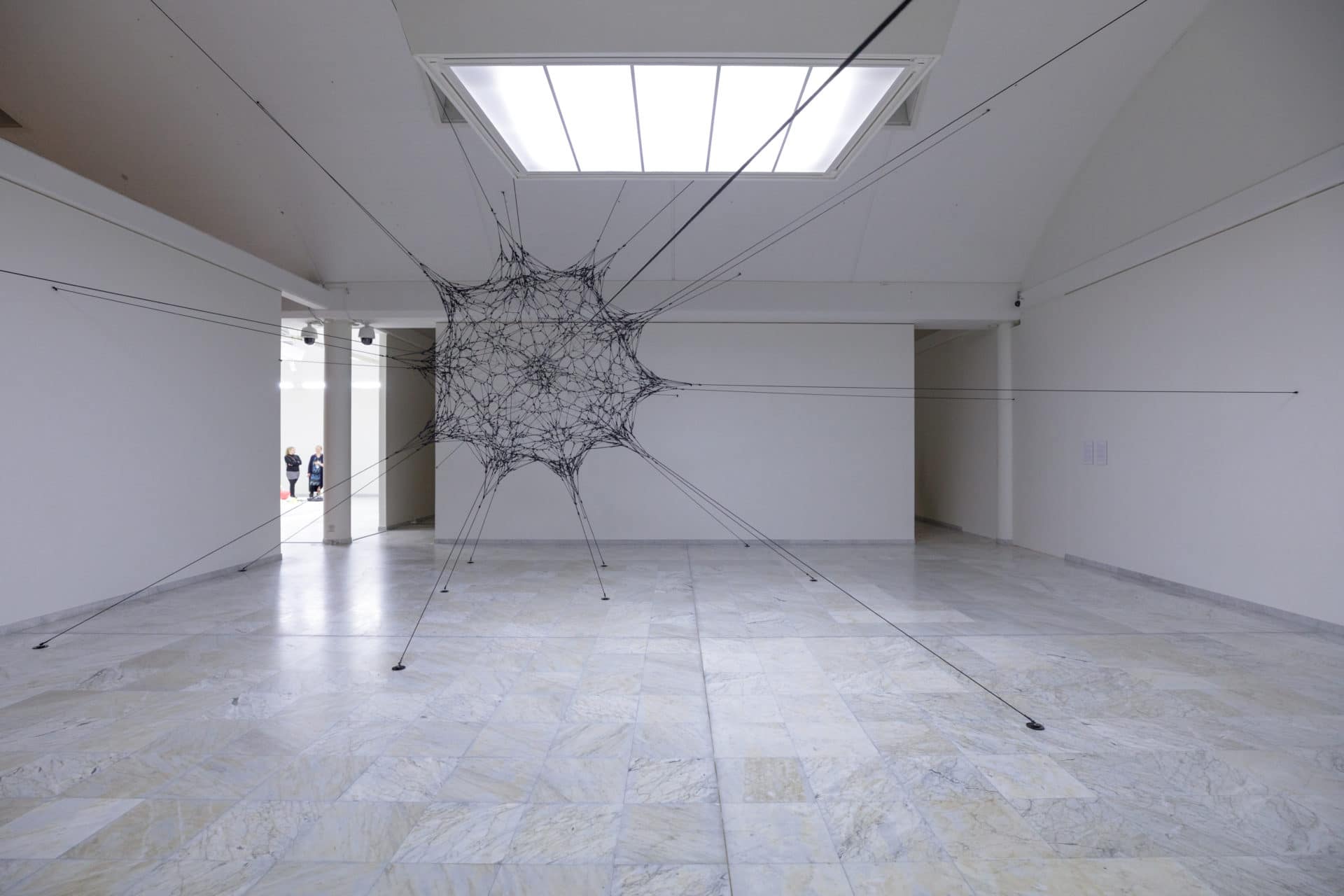
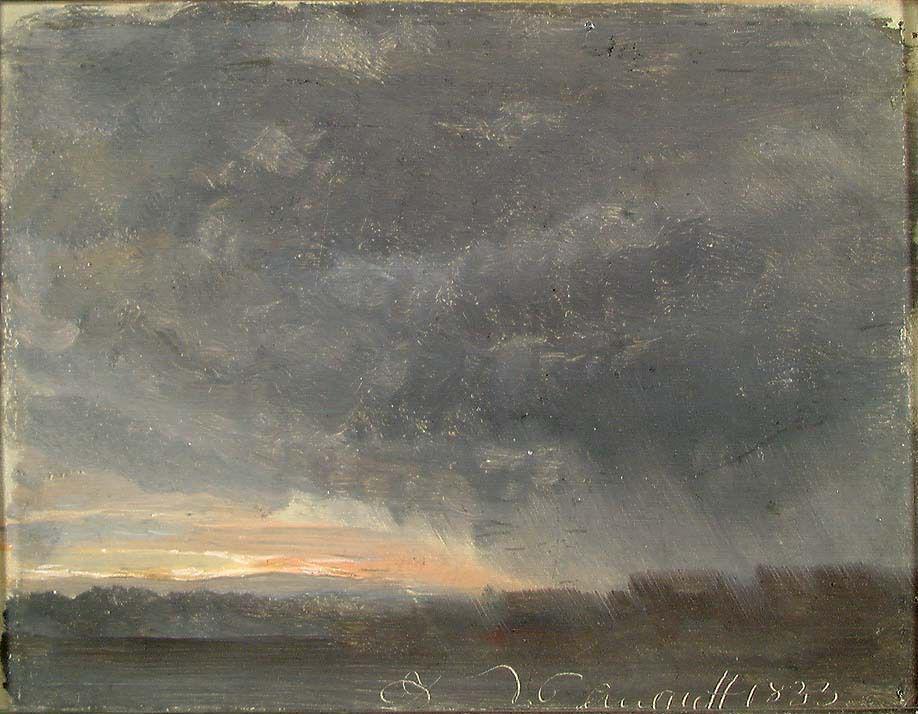
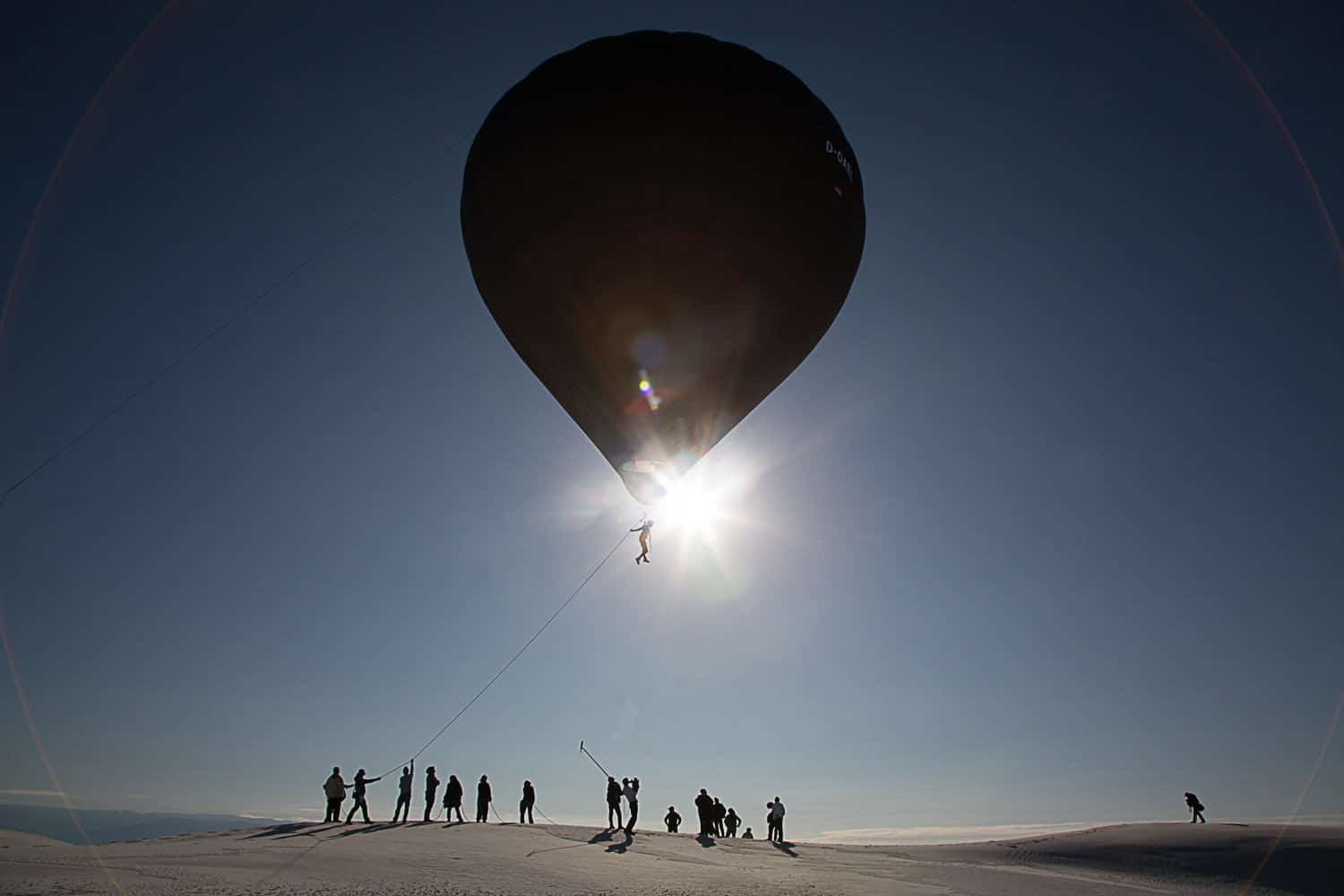
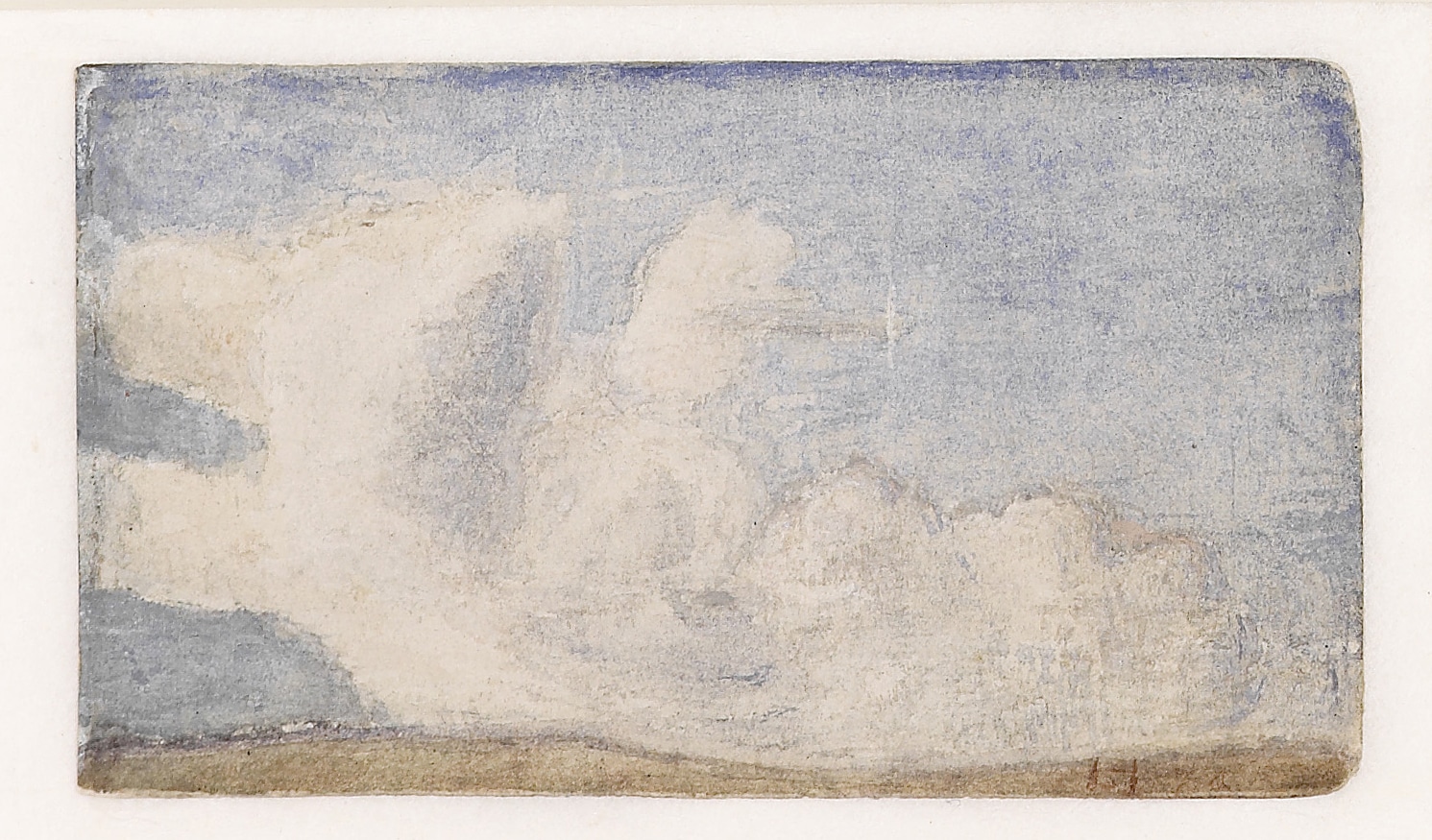
Heather Jones: Throughout the world, art museums and institutions are having to quickly and creatively rearrange their programming to accommodate social distancing and physical closure. How have you had to adapt your previously planned programming in light of the current restrictions?
Stavanger Kunstmuseum: We had to close the Museum on March 12th in the middle of an installation period. Even though the installation crew had to leave and the exhibition was not finished, we quickly arranged an opening as a live event on Facebook. Everything was fast and improvised but we managed to gather almost 300 people on Facebook that Friday evening. After that we decided to continue sharing the exhibition online by putting on the series “Video artwork of the week”, sharing one video work from the exhibition every Monday as well as texts and photos. We also launched online meditation classes that had previously taken place in the museum. Last week we were finally able to finish the exhibition In the Clouds and open it to a small group of visitors, as well as live streaming the opening event, which is now available on our website. In general this situation has forced us to work more creatively with the museum’s website and reflect much more around our online presence.
Rogaland Kunstsenter: We have of course had to close down our current exhibition and put it on hold. But the rest of our planned programming has not dramatically changed. We were fortunate enough to be able to go ahead with the program as online live streaming due to some increased funding as part of the corona situation. So it has been much more of an adaptation for us rather than a re-programming.
Kunsthall Stavanger: We have had to post-pone our two big spring exhibitions: Marte Eknæs, Air Conditions: Kunsthall 2025, and Jonathan Baldock, My, Myself and I, until the fall. As our doors had to close, we decided to use our website and Instagram channel to continue to bring art to our audiences and engage artists who were quickly losing work.
The work Boombox (2009) by Ely Kim was originally meant to be shown physically at the Kunsthall at the same time as Marte Eknæs’ exhibition. Instead we decided to screen it on our website – allowing it to take over the landing page. It felt quite fitting for the situation, as Ely in the video activates different mundane spaces for a total of 100 days, to the soundtrack of 100 songs using 100 dance moves. Following Ely’s video we are currently showing the audio essay How To Find Belief Again by Lex Brown, an essay meant to supply tools for listeners to reconnect to a feeling of belief in a time of uncertainty. Concurrently we invited artists to create posts for our Instagram account. So far we have posted works by Laurel Schwulst, Synnøve Sizou G. Wetten, Nicole Killian, Hanne Lippard, Rhys Coren and Lina Viste Grønli.
This week we installed an outdoor work, the first in a new series of physical banners displayed on our building. Kunsthall Stavanger sits in a traffic hub leading into the center of Stavanger, and is passed daily by hundreds, if not thousands of people. Therefore, we are now commissioning artists to create imagery in the same line of thought as our online works. These three projects that live on our website, our Instagram channel and the on the outside of our building have been named From KS to You. The main intention of this program is to hopefully create calm, ground and inspire people, as well as spread joy and solidarity in this moment of time.
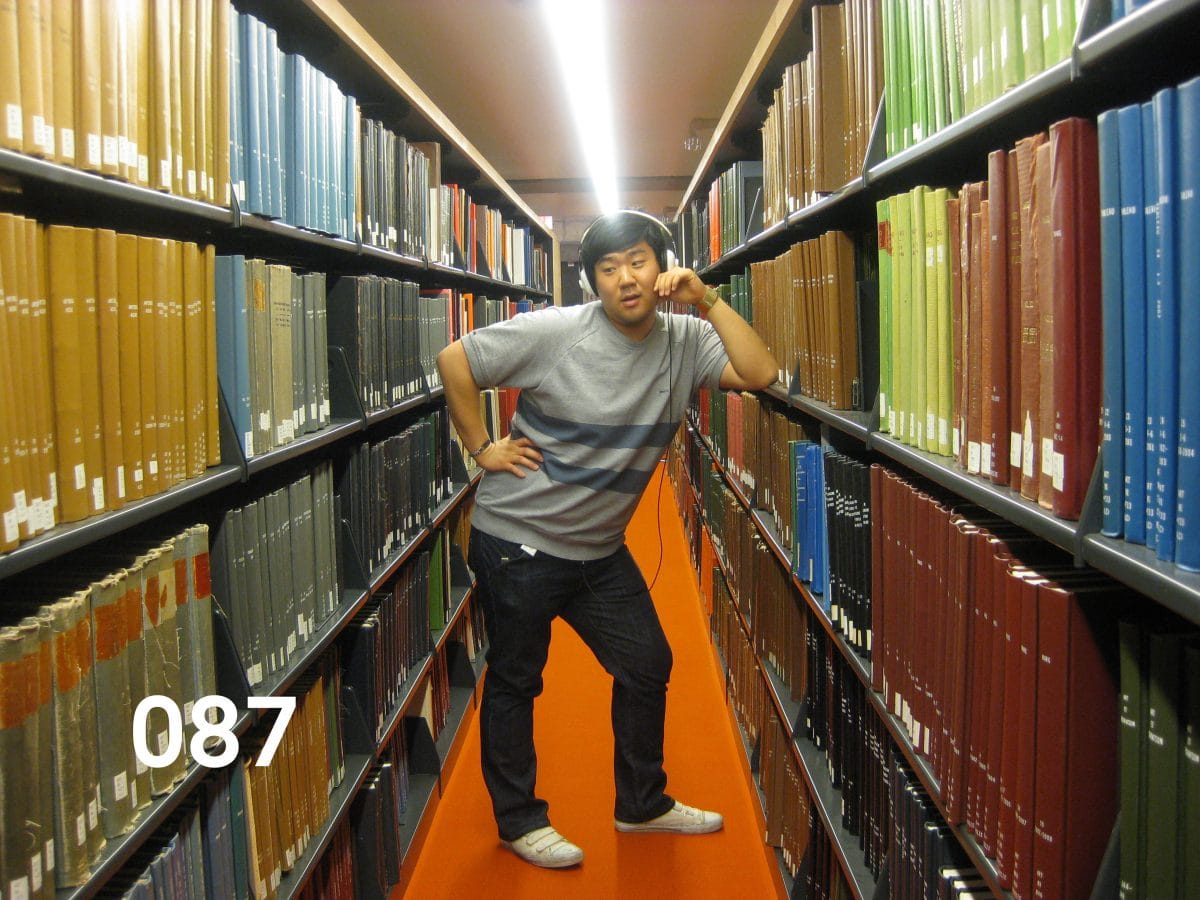
Heather Jones: Can you say a few words about the experience of viewing artwork online vs. being in the physical presence of an artwork or installation?
Kunsthall Stavanger: Viewing an artwork online originally intended for physical viewing will in most cases fall a bit short. However, many artworks are intended to be viewed digitally and even in a home environment. I think the above-mentioned Lex Brown work is a good example of this. Experiencing this work in the privacy of your own home allows you to relax, join Lex in a private re-discovery of connections within and outside yourself. This type of in-depth mediation would perhaps not be felt as strongly in a gallery space with other visitors and the feeling of being watched while you yourself are watching.
At the same time, our upcoming show with Jonathan Baldock will allow you to really appreciate the physical quality of the materials he uses in his artworks; to go very close, to step back to experience the details merging into a greater conceptual whole, and to allow yourself to become a part of a larger tableau created by the artist in that specific physical setting.
I think what this points to – and that this situation highlights – is the adaptability and versatility of contemporary art.
RKS: Rogaland Kunstsenter has not yet broadcast anything from our closed-down exhibition, so we don’t really have first-hand experience with this from the exhibiting institutions’ side. However I have seen a few attempts, and there is definitely a lot missing in trying to convey a physical exhibition in a digital format online.
Stavanger Kunstmuseum: I guess this situation didn’t change the experience of viewing works online, although we have done a lot more of it lately. If anything it underlines the intense joy of experiencing art works in real life. I find the online presentation quite unfair in that it favors some artworks over others. It is much harder to get your attention with a minimalist painting or a very complex installation than a brightly colored figurative work, for example. Maybe more people have become more aware of these discrepancies now?
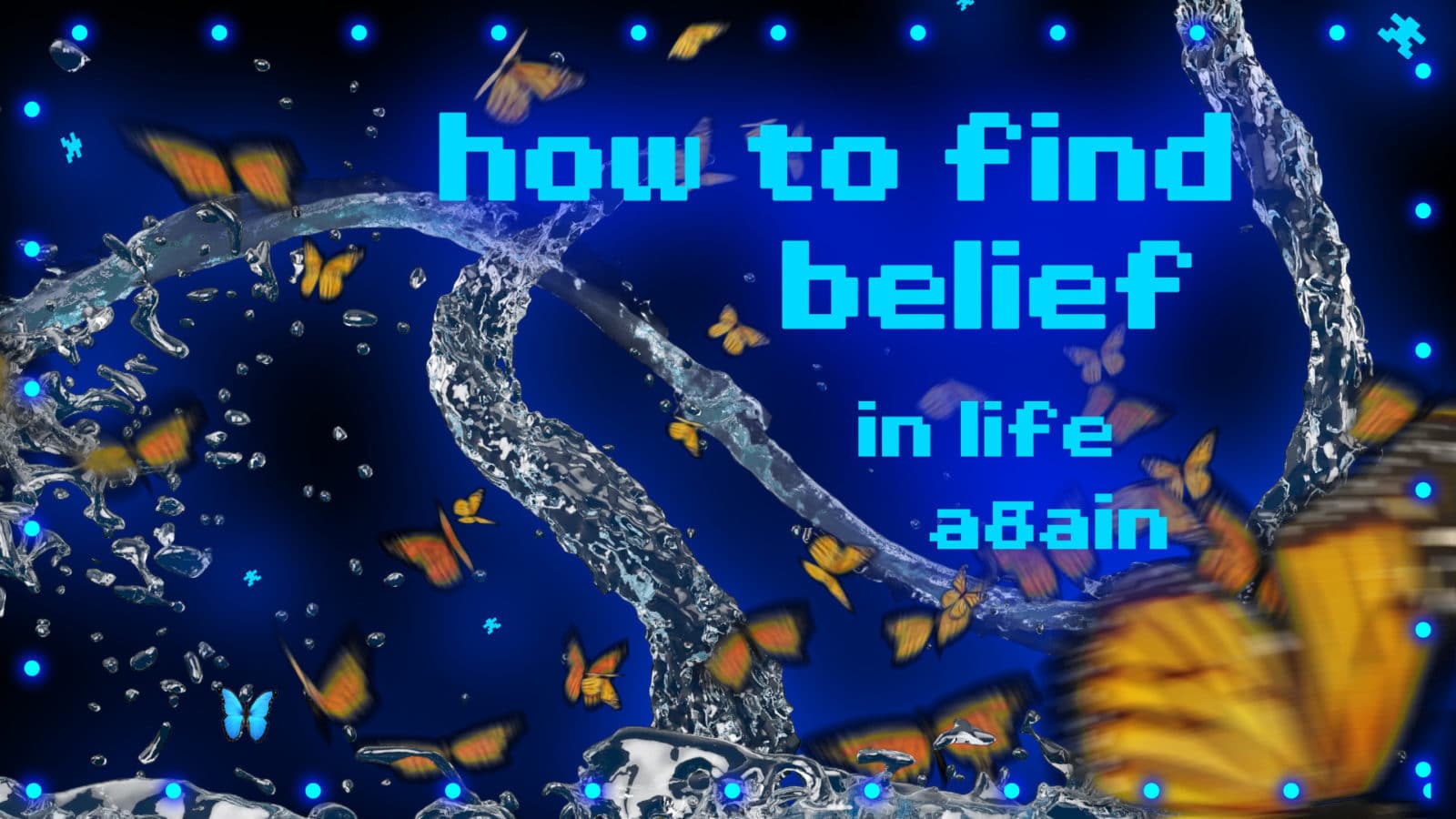
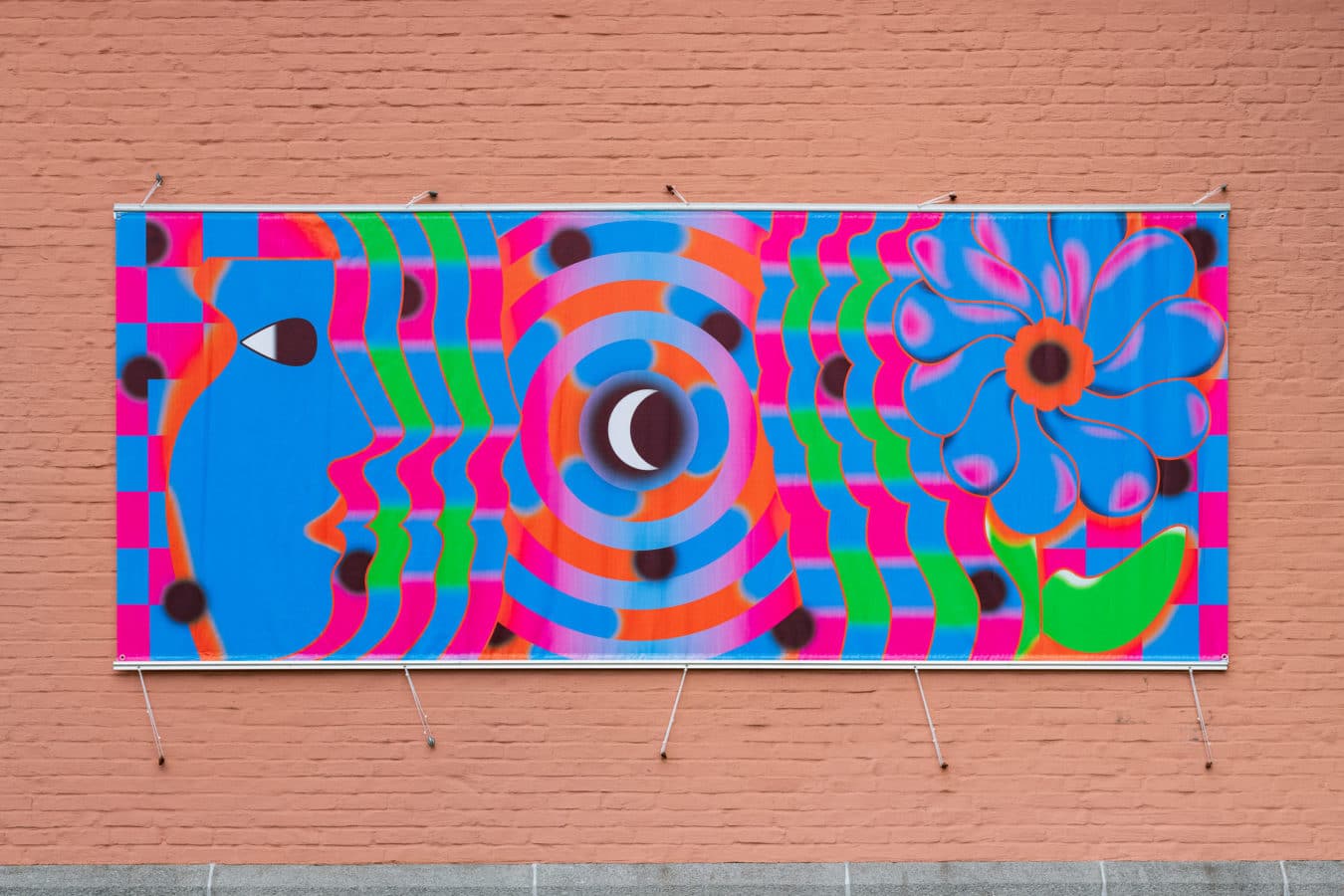
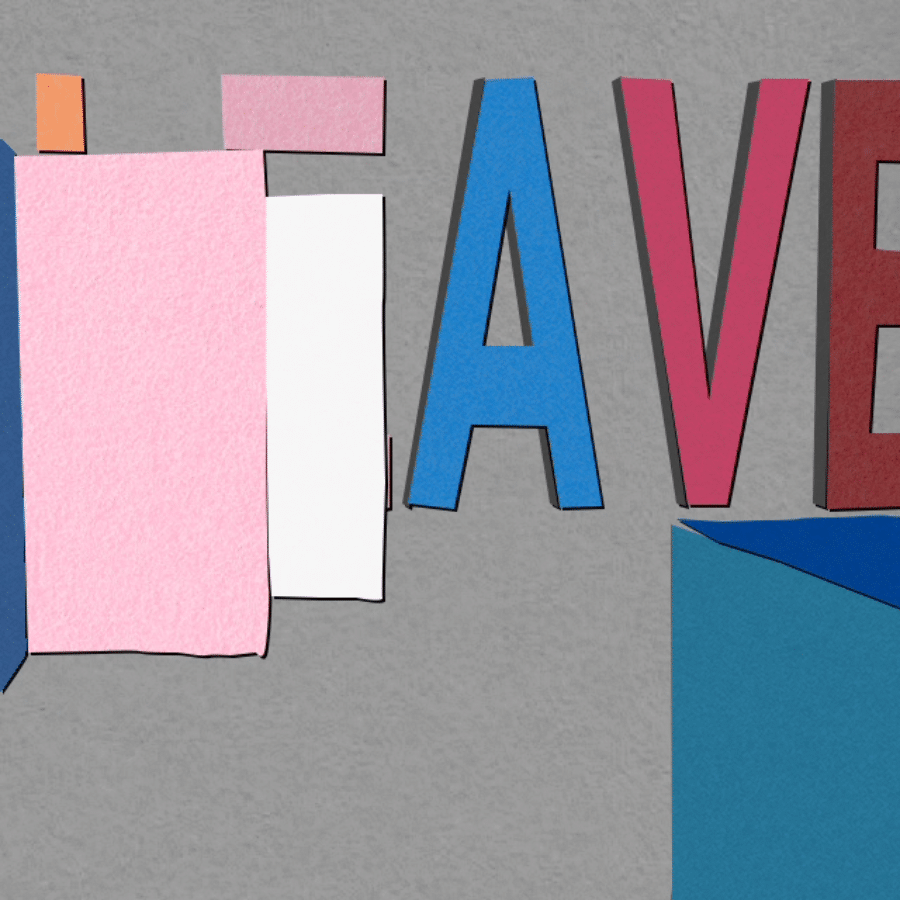
Heather Jones: This is undoubtedly a difficult time for everyone. However, have their been any unexpected positive outcomes of engaging so heavily with an online community?
Rogaland Kunstsenter: A positive side effect is that we have been able to engage with audiences that are physically, geographically or time-wise restrained from taking part in our programs.
Kunsthall Stavanger: As an institution, we are quite flexible. We are a small team, only three full-time employees. This means we are able to quickly turn around and make decisions. We hope the projects we have created thus far have felt meaningful for our audience, and have done some of the things we have set out to do: spread solidarity and joy, inspire and create calm in a very difficult time. This situation has effectively shown institutions what our weaknesses are, in terms of the critical situation when the doors close. But I think we have also been able to identify our strengths. Hopefully we will be able to keep building on them.
Stavanger Kunstmuseum: There are definitely lots of advantages, especially when it comes to the frequency of meeting with people we collaborate with from different countries. Where you previously would plan a trip or a physical meeting, because of the current situation it is much easier to start the conversation with an online meeting. Also on a personal level and with our colleagues in the museum, everyone is learning so much about the possibilities and how to manage online meetings on different channels.
Heather Jones: Do you foresee any long-lasting effects in regards to how Stavanger’s art institutions work with the internet?
Stavanger Kunstmuseum: We will definitely change our way of working online after this! From now on I will make sure every new exhibition is presented online some way or the other. We will start to video document the exhibitions and share the content in a much more accessible way. And we will write all the applications we can to really move forward with putting the collection online! This situation has really changed the way we think about our online presence and the urgency we feel to make changes in that field!
Rogaland Kunstsenter: As we have already wanted for some time now to be able to put some of our programming online, this have at the very least given us an opportunity to test out a few possibilities. Now that we have a better idea of the infrastructure involved, there is a great chance that we will continue to make parts of our programming available online.
Kunsthall Stavanger: As mentioned previously, this moment in time creates a learning situation for both us as institutions and us as audiences. I doubt that online content from Kunsthall Stavanger will look the same as it did before the COVID-19 crisis.


